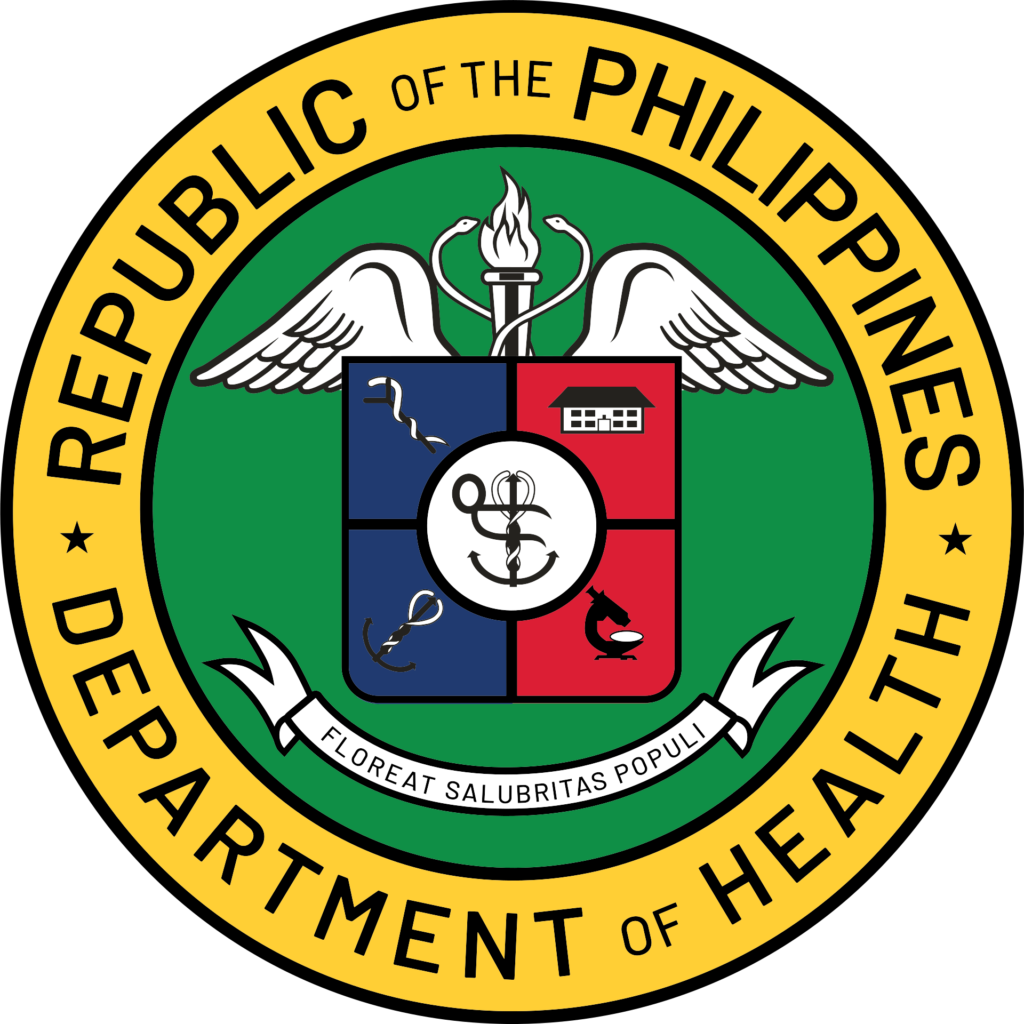The Department of Health (DOH) of the Philippines stands as the principal government agency tasked with safeguarding and enhancing the health of all Filipinos. From bustling urban centers to remote island communities, the DOH plays a crucial role in shaping the nation’s health landscape. This comprehensive blog post delves into the multifaceted world of the DOH, exploring its core functions, landmark initiatives, organizational structure, and the challenges it navigates in its pursuit of a healthier Philippines. We aim to provide a clear and informative overview of how the DOH works to ensure access to quality healthcare for every citizen. Understanding the DOH’s operations and priorities is essential for every Filipino, as it directly impacts their well-being and access to essential medical services.
Understanding the DOH’s Mandate and Mission
The DOH’s mandate is deeply rooted in the fundamental right to health. It encompasses a broad spectrum of responsibilities, all converging towards its overarching mission of “building healthy Philippines.” This mission is not just a slogan, but a guiding principle that informs every policy, program, and initiative undertaken by the department. The DOH is committed to leading the development of the Philippine health system, ensuring its responsiveness, equitable access, and quality. This commitment is reflected in their strategic framework, which focuses on key areas like health promotion, disease prevention and control, maternal and child health, and access to essential medicines. Furthermore, the DOH plays a vital role in coordinating with other government agencies, non-governmental organizations, and international partners to address the complex health challenges facing the nation.
Key Functions and Responsibilities of the DOH
The DOH’s responsibilities are diverse and far-reaching, touching upon nearly every aspect of public health and medical services. These can be categorized into several key functions:
- Policy Development and Planning: The DOH is the primary driver of national health policy. It develops strategic plans, guidelines, and standards for the entire health sector. This includes setting priorities, allocating resources, and monitoring the implementation of health programs. These policies are designed to address the most pressing health concerns facing the country, from infectious diseases to non-communicable illnesses. The DOH also plays a crucial role in advocating for health-related legislation and ensuring that health considerations are integrated into broader national development plans.
- Regulation and Licensing: To maintain quality and safety standards, the DOH regulates health facilities, services, and professionals. This includes licensing hospitals, clinics, and other healthcare providers, as well as accrediting health professionals. This regulatory function is essential for protecting the public from substandard care and ensuring that healthcare services meet established benchmarks. The DOH also monitors compliance with health regulations and takes action against those who violate them.
- Disease Prevention and Control: Combating diseases, both infectious and non-communicable, is a core function of the DOH. This involves implementing immunization programs, conducting disease surveillance, and developing strategies for prevention and control. The DOH also plays a critical role in responding to disease outbreaks and public health emergencies. Furthermore, it promotes healthy lifestyles and behaviors to prevent chronic diseases and improve overall health outcomes.
- Health Promotion: The DOH actively promotes health awareness and healthy behaviors among Filipinos. This includes conducting public health campaigns on topics like nutrition, exercise, and hygiene. The DOH also works to create supportive environments that enable individuals to make healthy choices. Health promotion is a proactive approach to improving public health, focusing on prevention rather than just treatment.
- Provision of Healthcare Services: While the DOH does not directly provide all healthcare services, it plays a crucial role in ensuring access to quality care. It supports public hospitals and health facilities, particularly in underserved areas. The DOH also works to strengthen primary healthcare, ensuring that communities have access to essential health services at the local level. Furthermore, it collaborates with private healthcare providers to expand access to care and improve the overall quality of the health system.
Organizational Structure of the DOH
The DOH is a complex organization with a hierarchical structure designed to effectively manage its vast responsibilities. It is headed by the Secretary of Health, who is supported by Undersecretaries and Assistant Secretaries overseeing various bureaus and offices. The DOH’s organizational structure reflects its diverse functions, with specialized units dedicated to areas like disease prevention and control, health facilities development, and health human resources. This structure allows the DOH to effectively coordinate its various programs and initiatives, ensuring that they are aligned with national health priorities. Furthermore, the DOH has regional and local health offices that are responsible for implementing health programs and services at the grassroots level.
Funding and Resource Allocation
The DOH receives funding from various sources, primarily from government appropriations. The allocation of these resources is a critical aspect of the DOH’s work, ensuring that funds are directed to the most pressing health needs and priorities. Transparency and accountability in resource allocation are essential for maximizing the impact of health spending. The DOH also works to secure funding from other sources, such as international development partners, to support its programs and initiatives. Efficient and effective resource management is crucial for ensuring the sustainability and responsiveness of the Philippine health system.
Collaboration and Partnerships
The DOH recognizes that improving public health requires a collaborative approach. It works closely with a wide range of partners, including:
- Other government agencies: Collaboration with agencies in sectors like education, social welfare, and local government is essential for addressing the social determinants of health.
- Non-governmental organizations (NGOs): NGOs play a vital role in providing health services, particularly in underserved communities.
- International organizations: The DOH collaborates with international organizations like the World Health Organization (WHO) to access technical expertise and resources.
- Private sector: The DOH works with private healthcare providers to expand access to care and improve the quality of health services.
Current Initiatives and Challenges
The DOH is constantly evolving to address emerging health challenges and improve the health of Filipinos. Some current initiatives include:
- Universal Health Care (UHC): The DOH is leading the implementation of UHC, a landmark reform aimed at ensuring that all Filipinos have access to quality healthcare without financial hardship.
- Strengthening primary healthcare: The DOH is prioritizing the strengthening of primary healthcare, recognizing its crucial role in preventing diseases and improving health outcomes.
- Digital health: The DOH is leveraging digital technology to improve healthcare delivery, including the development of electronic health records and telehealth services.
- Addressing non-communicable diseases: The DOH is implementing strategies to prevent and control non-communicable diseases, such as heart disease, cancer, and diabetes.
The DOH also faces numerous challenges, including limited resources, an aging population, the increasing burden of non-communicable diseases, and the need to improve access to healthcare in remote and underserved areas. Addressing these challenges requires innovative solutions, strong leadership, and continued collaboration among all stakeholders.
The Impact of the DOH on Public Health
The DOH’s work has a profound impact on the health and well-being of Filipinos. Through its various programs and initiatives, the DOH contributes to:
- Increased life expectancy: By preventing and controlling diseases, the DOH helps to improve the overall health of the population and increase life expectancy.
- Reduced morbidity and mortality: The DOH’s efforts to prevent and treat diseases contribute to reducing the burden of illness and death.
- Improved quality of life: By promoting healthy lifestyles and ensuring access to quality healthcare, the DOH helps to improve the quality of life for individuals and communities.
- Health equity: The DOH strives to ensure that all Filipinos have the opportunity to achieve their full health potential, regardless of their background or circumstances.
Examples of DOH Initiatives
| Initiative | Description | Source |
|---|---|---|
| Universal Health Care (UHC) | Aims to provide all Filipinos with access to quality healthcare services without financial hardship. | Department of Health Website |
| National Immunization Program | Provides free vaccination against common childhood diseases. | Department of Health Website |
| Family Planning Program | Provides access to family planning services and information. | Department of Health Website |
| Maternal and Child Health Program | Focuses on improving the health of pregnant women, mothers, and children. | Department of Health Website |
| Prevention and Control of Non-Communicable Diseases | Implements strategies to prevent and control non-communicable diseases like heart disease, cancer, and diabetes. | Department of Health Website |
Disclaimer: This blog post provides general information about the Philippine Department of Health (DOH). While we strive for accuracy, information may change over time. Please consult the official DOH website for the most up-to-date information. Report any inaccuracies to us so we can correct them promptly.




